Facts & Figures
Prevalence, Causes, and Economic and Community Costs
Psychopathy prevalence

Psychopathy is a very common mental disorder. It is twice as common as schizophrenia, anorexia, and bipolar disorder. It is equally common as bulimia, panic disorder, and autism. The only mental disorders significantly more common than psychopathy are substance abuse or dependence, depression, and post-traumatic stress disorder.

Estimates of the prevalence of psychopathy vary depending on the measure used to assess it, and on the population being assessed. Because psychopathy is a spectrum disorder, prevalence estimates also vary depending on the “cutoff” that researchers use.

Approximately 70% of the population is estimated to have no psychopathic traits whatsoever. The remaining 30% have low, medium, or high levels of psychopathy
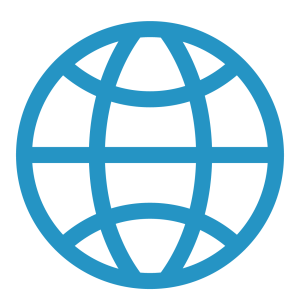
Psychopathy affects all ethnic, cultural, racial, and socioeconomic groups.

There is no medical screening test for psychopathy. It cannot be assessed using a brain scan, blood test, genetic test, or other medical test.
Prevalence in the United States

It is estimated that just under 1% of males in the general community in the United States is affected by high levels of psychopathy.
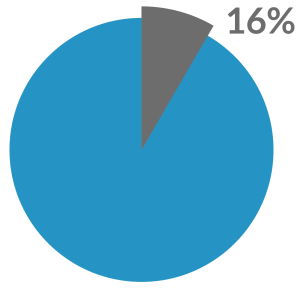
Approximately 16% of males involved in the United States criminal justice system (prisons, jails, probation, parole) are affected by high levels of psychopathy.
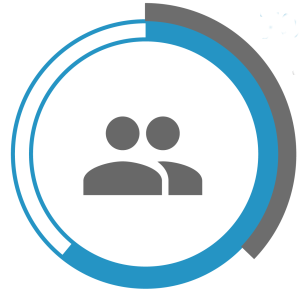
US Gender Disparity
High levels of psychopathy are approximately 2X as common in males as in females.
Prevalence in other countries

Outside of the United States, prevalence estimates for psychopathy tend to be lower.

UK General Community
In the United Kingdom, it is estimated that 0.6% of adults in the community are affected by high levels of psychopathy.

In the United Kingdom, approximately 8% of males and 2% of females in the criminal justice system have high levels of psychopathy
What causes psychopathy?

Research indicates that genetics are a significant cause of psychopathy. Genes account for about 50% of the variance in psychopathic traits.

Among identical twins, if one child is at high risk for psychopathy, the other will also be at high risk about 70% of the time. In non-identical twins, if one child is at high risk for psychopathy, then the other is at high risk about 40% percent of the time.

People often blame parenting practices for causing psychopathy. But the evidence is clear that parenting practices do not in themselves cause psychopathy. Even added together, all of the broad environmental factors that influence a developing child, including parenting, school, and neighborhood, account for less than 10% of the variance in psychopathic traits.
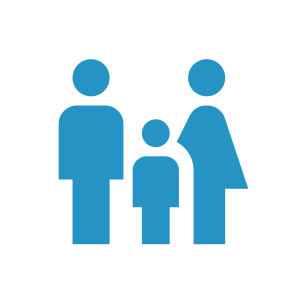
Although parenting practices do not cause psychopathy, there may be effective behavioral treatment approaches parents can use to improve their child’s behavior and reduce their risk for psychopathy.
Economic and community costs of psychopathy
Risk for violence

Although not all people with psychopathy are violent, those affected by high levels of psychopathy are at least 2X as likely to engage in serious violence and criminal behavior as a typical person.

People with psychopathy are responsible for 30% to 40% of all violent crime in the United States.
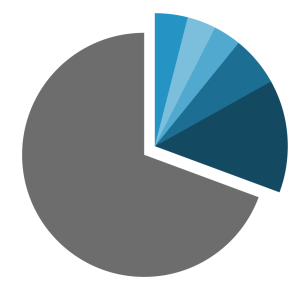
Psychopathy increases the risk of violence in imprisoned, psychiatric, community, collegiate, and youth populations.
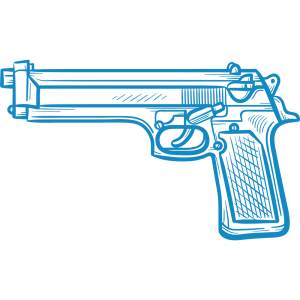
Children and teens with psychopathy are over 4X as likely to use a gun during a crime as other children.

Among offenders, those with psychopathy are more than 5X as likely to re-offend as those without psychopathy.
The cost of psychopathy to the criminal justice system approaches $460 billion every year. This estimate makes psychopathy the most expensive mental health disorder in existence.
600% Return on Investment
For every $1 invested in effective treatments for psychopathic children and adolescents, an estimated $7.18 is saved. In other words, treating psychopathy yields a 600% return on investment.
